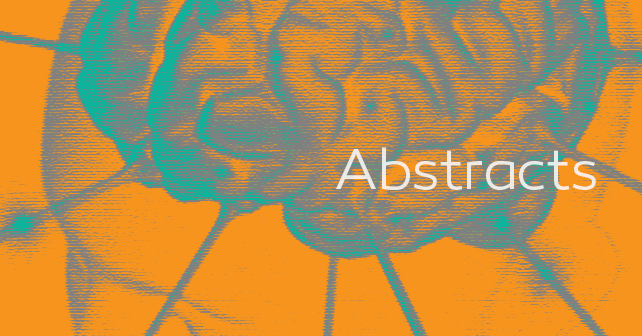Surg Neurol Int 2014, 5:17 Sudden unexpected nocturnal death in Chiari type 1 malformation and potential role of opioid analgesics
Fereydoon Roohi1, Toby Gropen1, Roger W Kula2
1 State University of New York. Down State Medical Center. 339 Hicks Street, Brooklyn, NY 11201, USA
2 The Chiari Institute, North Shore-Long Island Jewish Heath System. 611 Northern Boulevard,Suite 150, Great Neck, NY 11021, USA
DOI: 10.4103/2152-7806.126931
PMID: 24778905
Background: Chiari malformation type 1 (CM1) is a common congenital anomaly of the craniocervical junction. CM1 is reported to run a usually benign course and patients typically experience no symptoms or chronic, slowly progressive symptoms. However, recent reports indicate that a subset of patients with CM1 may present with acute deterioration and sudden unexpected death (SUD). We report a case of SUD during sleep in a young man with CM1, which we believe was related to the administration of common and therapeutic doses of narcotic analgesics for the management of pain. We will clarify the pathophysiology of acute deterioration and SUD in CM1 and the possibility that the adverse effects of opiate analgesics likely were the leading cause of death in our patient.
Case Description: In this review, we present a 29-year-old male with worsening headache secondary to previously diagnosed CM1. The patient died suddenly and unexpectedly after administration of common and therapeutic doses of narcotic analgesics for the management of pain.
Conclusion: The mechanism(s) of acute neurological deterioration and sudden death in patients with CM1 remains poorly understood. We believe the rapid fatal deterioration in our patient following administration of opioids suggests that this category of medication may cause sudden unexpected “neurogenic” cardiac death in CM1 patients by inducing sleep-related breathing difficulties and associated hypercapnia. Hypercapnia by further increasing intracranial pressure can result in a sudden pressure-induced decompensation of the cardiopulmonary control centers in the brain stem and cause instantaneous cardiorespiratory arrest.
Keywords: Chiari malformation, hydrocephalus, isolation of fourth ventricle, opioid analgesics, sudden unexpected death
| How to cite this article: Roohi F, Gropen T, Kula RW. Sudden unexpected nocturnal death in Chiari type 1 malformation and potential role of opioid analgesics. Surg Neurol Int 2014;5:17 |


